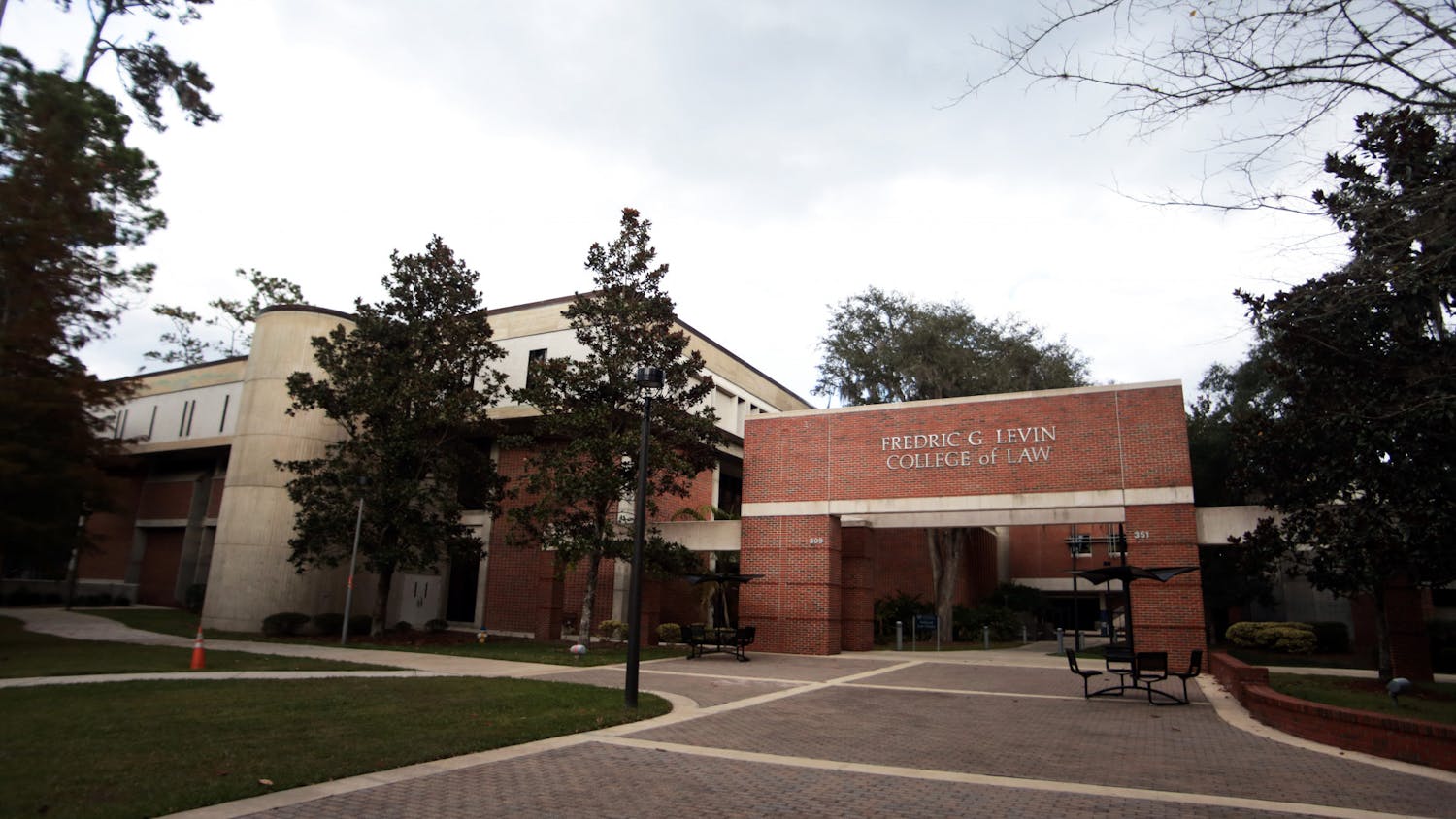Gustav Paulay is used to finding new species every day in the field.
Paulay, a curator of marine malacology at the Florida Museum of Natural History, headed an expedition to Kaneohe Bay, Hawaii, at the end of May that discovered more marine invertebrate species in 11 days than were previously known in the area after decades of study. The group examined about 1,200 species.
“You go to a place like this and a large proportion of the species you collect are not known to science because so few people do this kind of work,” Paulay said.
Amanda Bemis, a collections assistant and researcher on the expedition, said the research will be used to create a catalogue of specimen.
“This kind of broad-sweeping biodiversity survey can provide somewhat of a snapshot of what was there at a certain time,” Bemis said.
Paulay said within the next 100 years, a substantial portion of marine life on earth will disappear, and scientists will need information.
The specimen collected were preserved in a process Paulay compares to pickling.
“You can pickle a cucumber or you can pickle a sea cucumber. Both work,” he said.
Three groups provided means for the trip. The University of Hawaii provided facilities, the Hawaii Division of Aquatic Resources provided boats, and the Smithsonian Institution paid for travel. The researchers were not paid.
“Here there was an interest by several organizations to get this done,” Paulay said.





